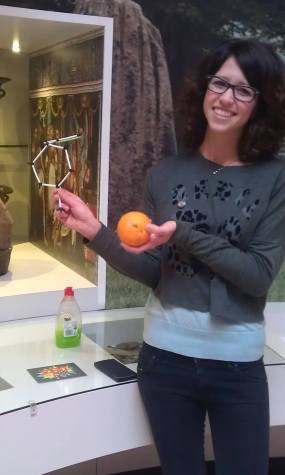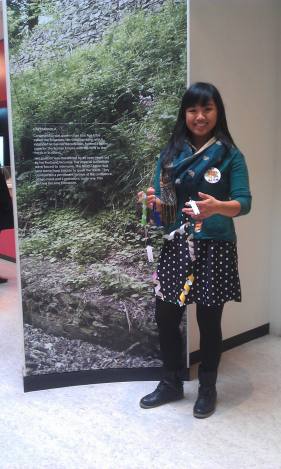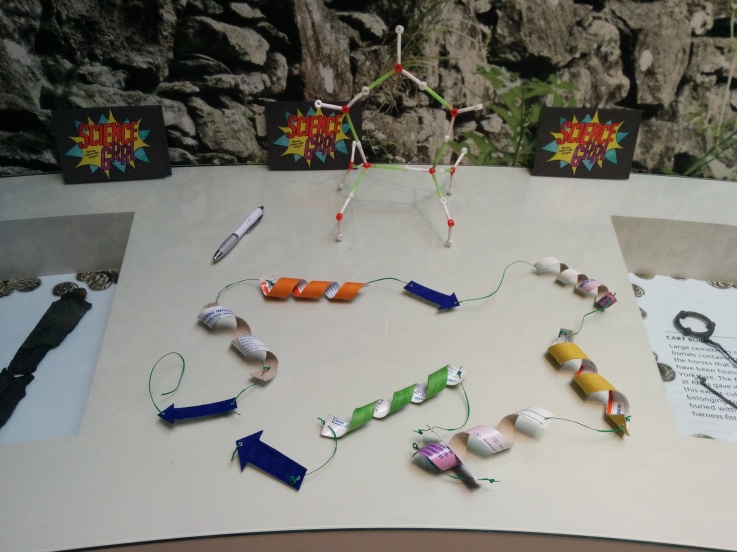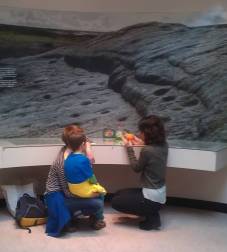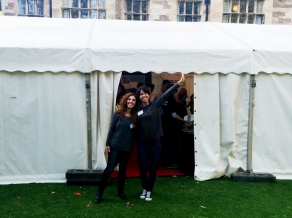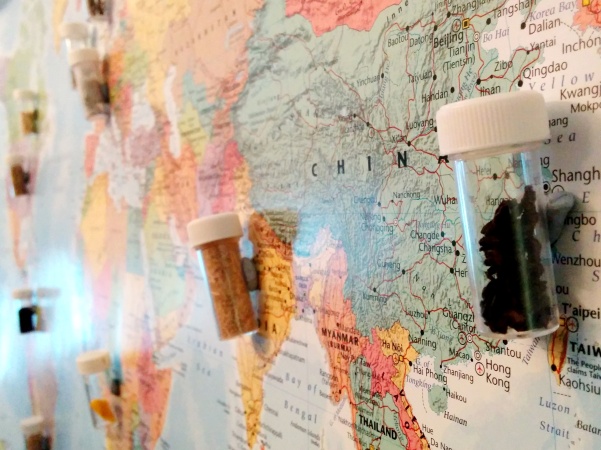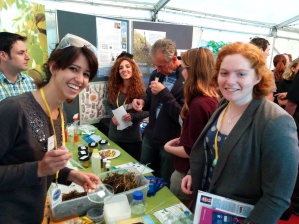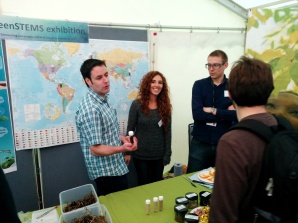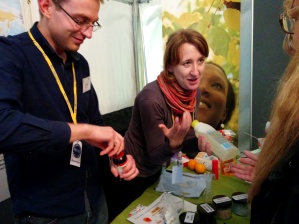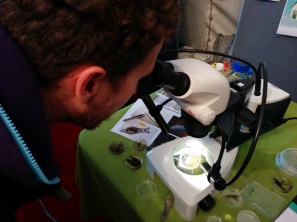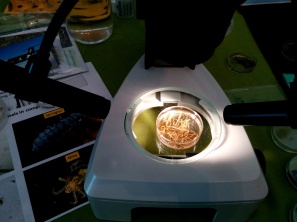This year saw Science Week, a celebration of scientific research at the University of York, run for the second time. Ten student societies and groups helped to organise a range of fascinating events.
Each day of the week featured an evening event, organized jointly by two societies. Among these was “Sustainable Chemistry and Beyond”, an event run by greenSTEMS, in collaboration with ChemSoc, on Friday 20th November.
Tom and Erin, despite some technical and organizational issues, managed to put together an interesting mix of talks and live experiments!
Dr. Ian Ingram from the Green Chemistry Centre of Excellence (GCCE) demystified the “traditional” way of classifying products and processes as “green”, analysing some real life examples of good and bad practices in the field. At the end of the talk, Tom showed how, simply using microwaves, some components from orange peels can be extracted and used as precursors for the production of bioplastics, in a completely petroleum-free process!
Nichola Egan, a PhD student also at the GCCE, took the audience on a journey towards the sustainable production of antioxidants from discarded lignin-rich materials.
The event was concluded by Dr. Tim Doheny-Adams, who works at the York Environmental Sustainability Institute with Professor Sue Hartley. Tim’s work is fascinating, investigating greener plant defense systems as an alternative to the use of environmentally harmful pesticides.
In light of predicted climate change effects on crop productivity and of issues with feeding the growing global population, the importance of finding resilient, safe, and sustainable strategies to ensuring food supplies is critical. In his presentation Tim described some of the common issues with current practices, presenting examples of agrochemicals which contaminate soil, and affect our safety and those of pollinators, key players in plants reproduction and biodiversity.
The alternative he suggested is a technique called biofumigation, which consists of dispersing a solid glucose-derivative (glucosinolate) on the soil surface. This bio-derived compound would gradually hydrolyse and liberate isothiocyanates, reactive gasses which have been proven to kill pests in the concentrations of study. The residue remaining in the ground is a sugar-like structure which is easily biodegradable and not a risk for water fields or soil ecosystems. Tim’s presentation received a great response from the audience, with loads of challenging and curious questions! Let’s hope this technique gets taken up soon!





